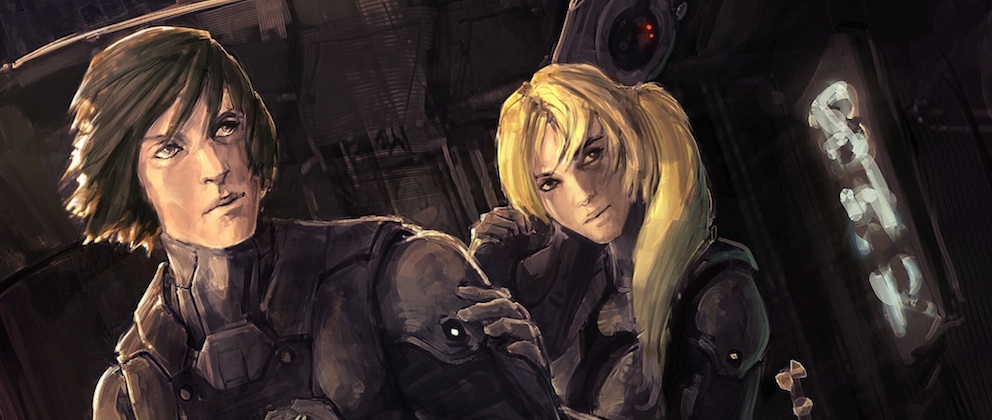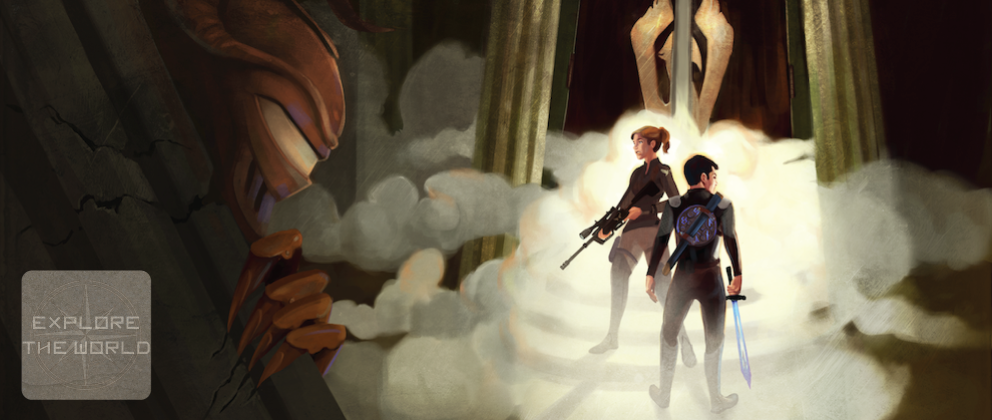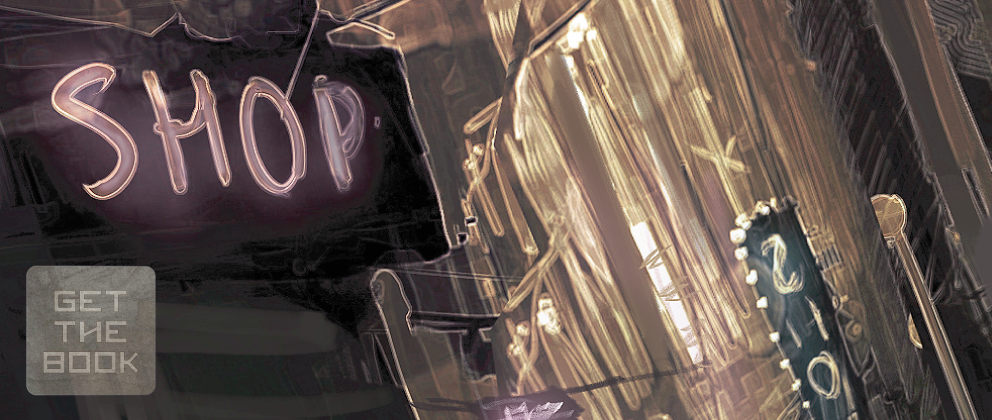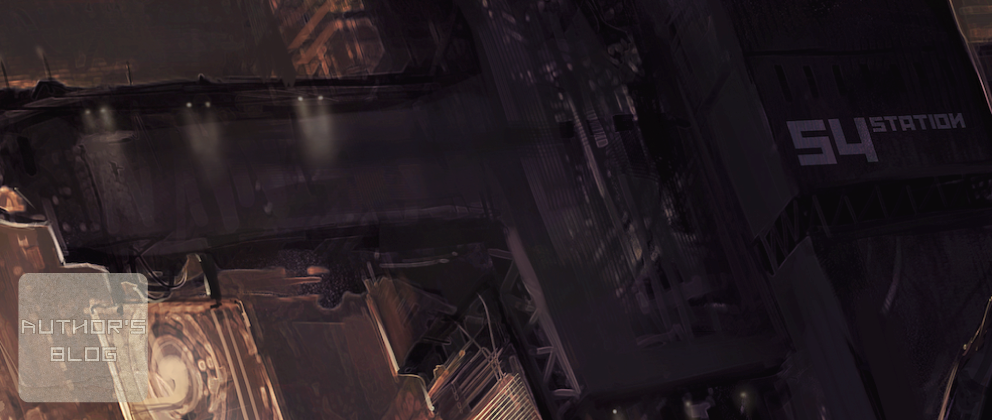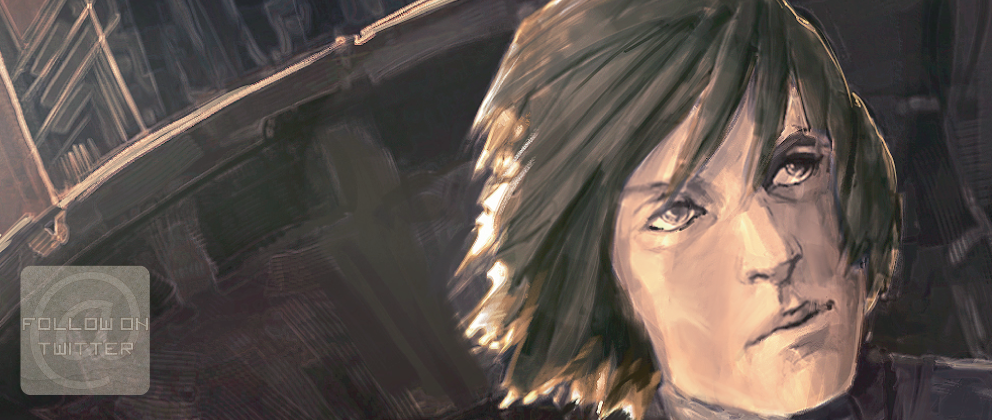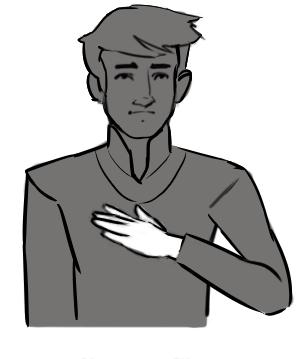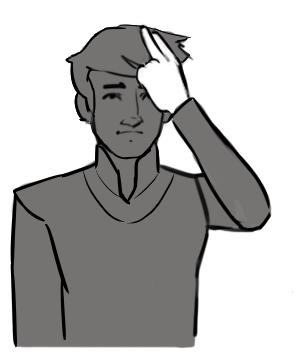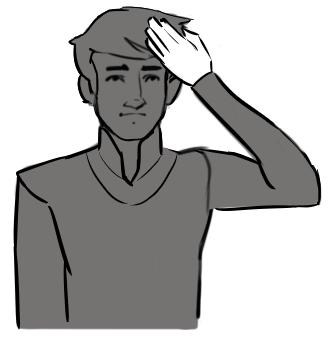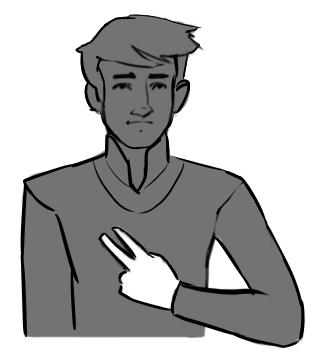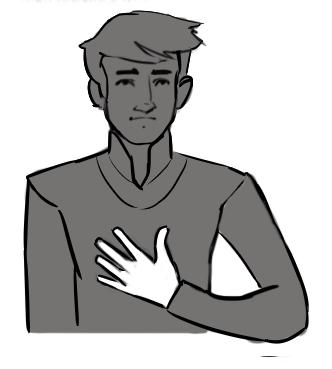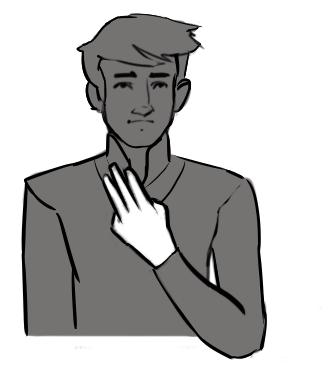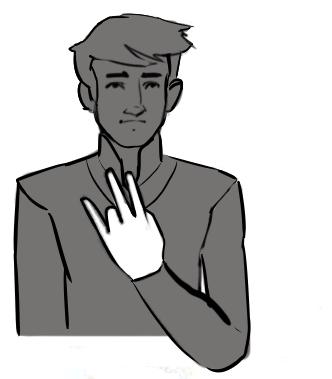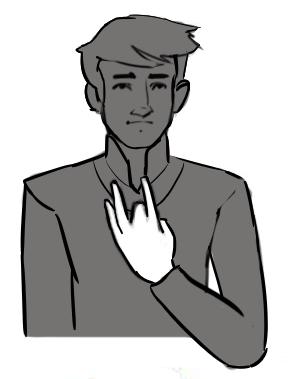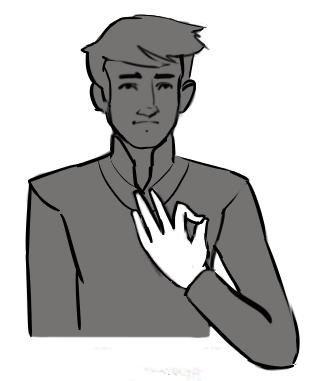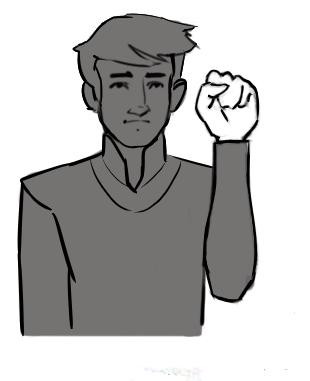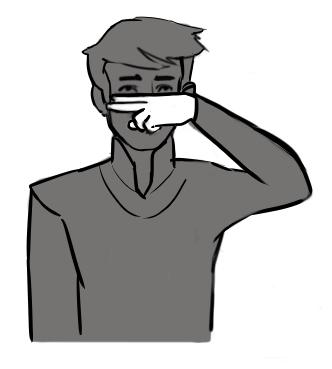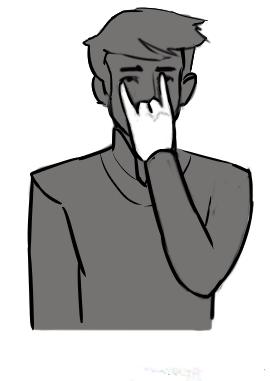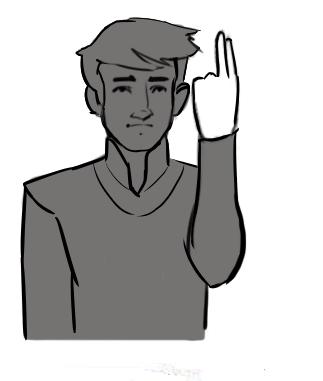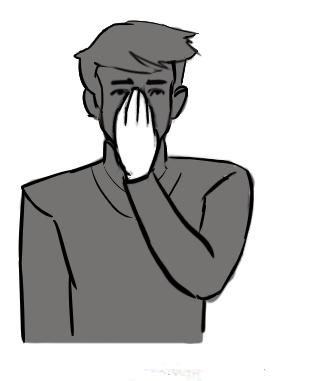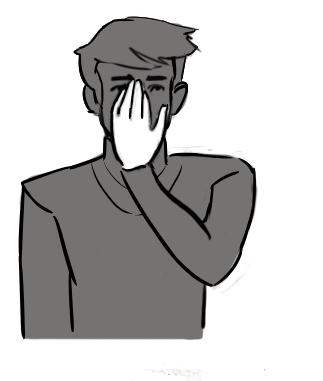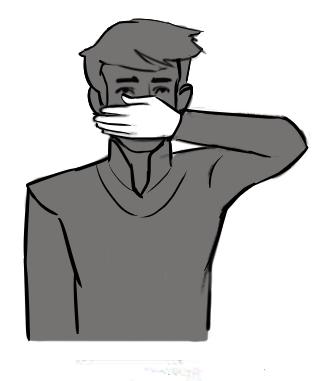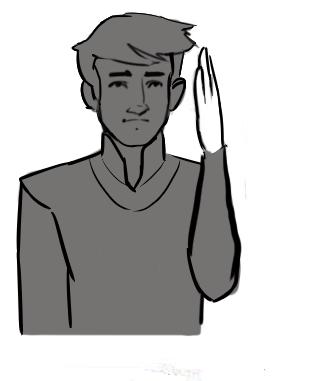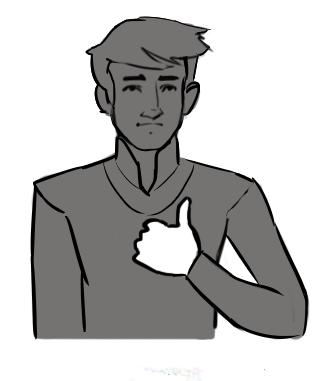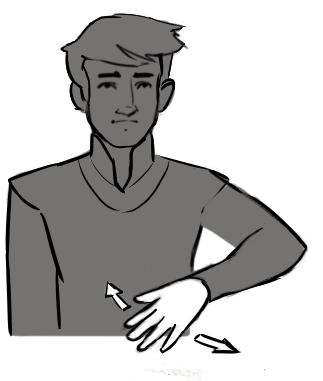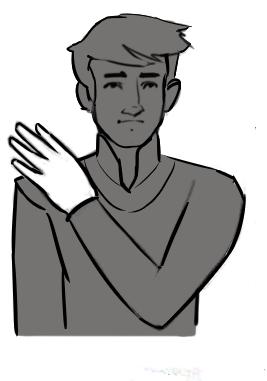Within The Phoenix Fallacy, Janus and his teammates make use of a set of signs, or hand signals, to speak silently to one another in combat situations. Based upon well-developed military hand signals, the ODIN signs are designed to convey a large quantity of information quickly and quietly.
Most signs are performed directly against the body, but a few are designed to be more visible – freeze and aircraft are two examples – for obvious reasons. The signals presented here require only one hand, allowing the Adept to maintain control of his or her weapon. Some more complex signals may require two hands, but are only used in very specific situations, or in cases where more detailed information is required.
This page provides a basic ‘vocabulary’ of signals, as well as a quick primer on the ‘grammar’ of the language.
The Grammar of a Silent Language
Adept hand signals are highly contextual, and often vary greatly between Legions. Depending on the situation and order of the signals, these signs might imply very different meanings.
For example, if we take the signs:
Salute – Sniper – Three
The order of these signs would most likely convey the message: Up ahead, three ST snipers. However, those same signs in a different order, say:
Sniper – Three – Salute
Would likely mean: Our three snipers will take the STs.
In addition to order, certain signs are completely conditional, and can only be used in conjunction with other signs. For example:
You – Three – Ghostblade
Has a very specific meaning based upon the inclusion of the word ‘You’. The three in this case does not refer to three people or objects, but the person denoted by the number ‘Three’. These separations are usually defined by a squad leader before a mission begins. In cases where the group is more comfortable or familiar with one another, a simple point to each member by the squad leader might denote the start of their orders.


